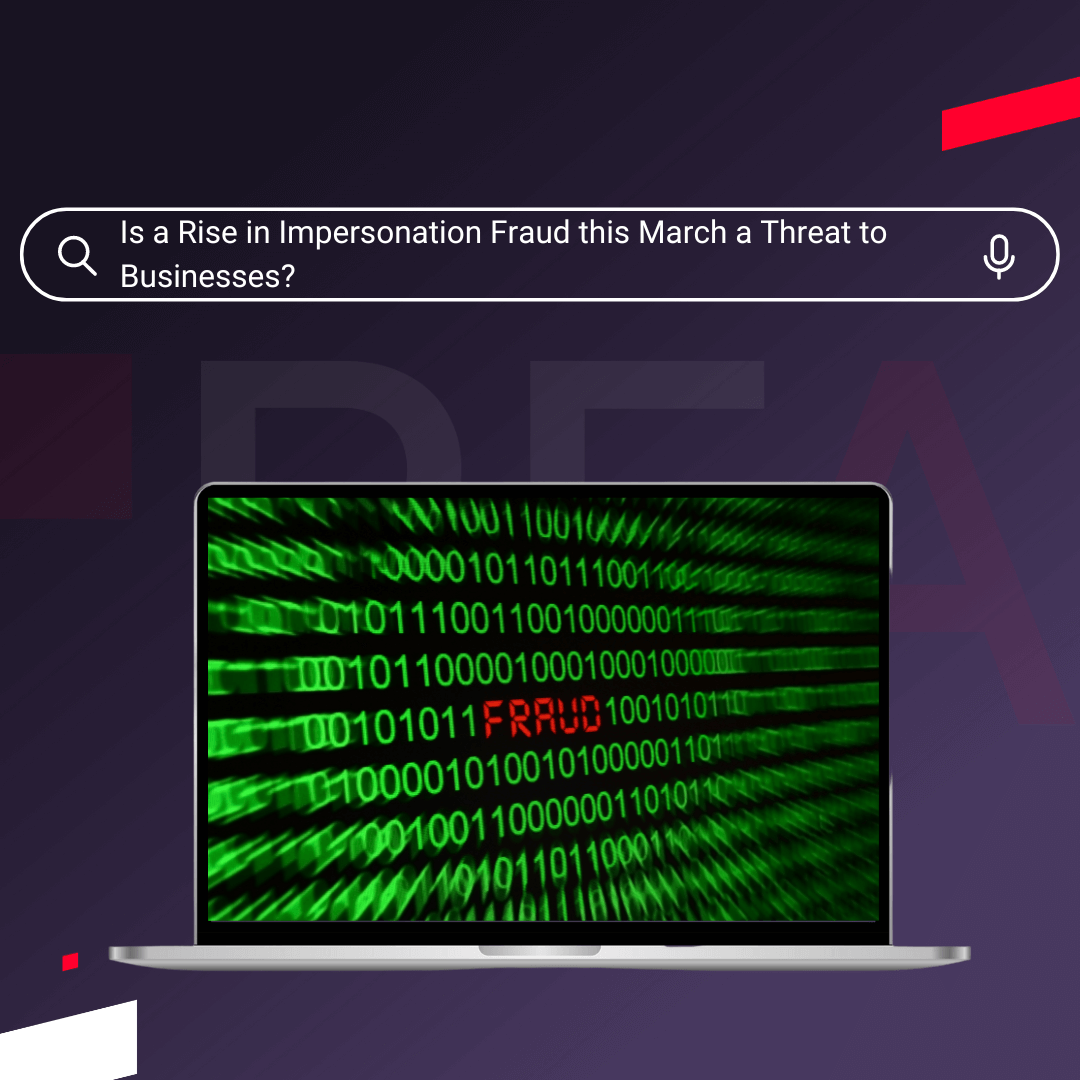Winding-up petitions serve as signal of significant financial turmoil and are usually quickly followed by compulsory liquidation.
For creditors and relevant associates, staying ahead of these petitions is key to minimising bad debt. Without enough time, businesses will struggle to mitigate losses and safeguard assets.
Yet, simply relying on manual updates or outdated data sources can leave companies dangerously lagging behind.
As winding-up petitions are advertised in the Gazette, usually just seven days prior to the hearing, businesses must ask: Do they have the luxury of constantly checking the publication? And, even if they do or are relying on a data provider to alert the to gazette updates, does seven days warning give you enough time to protect your business when all other creditors will be doing the same.
Unfortunately, businesses are often left playing catch-up, risking being one step behind and opening themselves up to extensive risk.
Red Flag Alert gives up to seven weeks advanced warning of winding up petitions by receiving data directly from the courts. This means we alert you as soon as a petition is lodged, not just when it is advertised in the Gazette. Meaning companies receiving Red Flag Alert data not only have nearly two months extra to pursue debts than their competitors but will be the only ones doing so.
To understand why we take this so seriously, and why your business needs instant, reliable data, take a look at why you should never wait weeks for winding-up petitions.
What is a Winding Up Petition?
A winding-up petition is a legal action taken by a creditor against a company that owes them money. It is a formal request to a court to force the company into compulsory liquidation, which essentially means the company's assets will be sold off to pay its debts.
Creditors owed more than £750 can issue winding-up petitions, however, there must be a clear effort to recover the outstanding debt before this process is begun. A winding up petition cost nearly £3,000 to submit, so generally they are reserved for large debts.
The process typically starts when a creditor is unable to recover a debt through normal means such as reminders, demands for payment, or legal letters. Filing a winding-up petition is often seen as a last resort by the creditor to recover the money owed to them.
Once a winding-up petition is advertised, it becomes a matter of public record, and it can have serious implications for the company. It usually leads to the company's bank accounts being frozen, serious reputational damage and ultimately, the closure of the company if the petition is successful.
Responding to Winding-Up Petitions: Timely Actions Amidst Uncertainty
Once a Winding-Up Petition has been filed, the company has a limited time to respond to the petition, during which it can either dispute the debt, negotiate a settlement with the creditor, or demonstrate to the court that it has the means to pay off the debt.
If the company fails to take action or if the court finds in favour of the creditor, it will order the company to be wound up, leading to liquidation. It should be noted that most hearings end with the granting of the petition.
Yet before this can happen, a lengthy process must be completed. Whilst the typical timeframe involved in winding-up petition procedures can vary, they generally follow a structured timeline.
However, it often takes 6-8 weeks from the filing of the petition to the court hearing, with the impact on creditors during this period can be significant.
A company unable to pay its creditors and experiencing a winding-up petition often leaves its counterparts with delays and uncertainty, exacerbating the disruption felt across the network.
Challenges in Winding-Up Petitions: Impact on Creditors and Associates
When a business is placed under a winding-up petition, its creditors and associates face significant challenges that can seriously impact their company’s stability and future growth, including:
Limited recovery
In insolvency proceedings, any unsecured creditors are likely to only receive a fraction of what they are owed. This is due to the available funds from the liquidation being distributed among creditors according to a predetermined hierarchy of priority.
Secured creditors with a fixed charge, such as banks with mortgages, are paid first, followed by preferential creditors like employees for unpaid wages. Secured creditors with a floating charge are third, with unsecured creditors are at the bottom of the pile, usually receiving no payment at all.
Lack of warning
Businesses functioning without Red Flag Alert are typically notified of winding-up petitions and incoming insolvency proceedings only seven days before. This is worsened by the fact that by the time a winding-up petition is filed or a company enters compulsory liquidation, it is already in severe financial distress.
This lack of advance notice hampers creditors' ability to take pre-emptive measures to protect their interests, such as renegotiating payment terms or ceasing further trade. Meanwhile, Red Flag Alert users are already aware and may have even recovered their debts before their counterparts are notified.
Uncertainty and impact on business partners
Insolvency proceedings create uncertainty for creditors and business partners as companies that experience bad debt are three times more likely to go insolvent themselves, within the next 12 months.
As a result, if a company is known to have taken on a bad debt due to a debtor being wound up, suppliers may hesitate to extend credit or fulfil orders, fearing non-payment or the risk of subsequent insolvency. This can disrupt supply chains, strain business relationships, and have broader implications for the stability of the network, causing a ripple effect of bad debt and further insolvencies.
Absence of early indicators
In many cases, the signs of impending insolvency may not be immediately apparent to creditors and business partners.
Financial difficulties within a company can develop gradually over time, often masked by optimistic projections or temporary solutions. By the time the extent of the financial distress becomes evident, it may already be too late for creditors to take proactive measures to protect their interests.
On the other hand, they can occur suddenly and without warning. Such as if a company has had a supplier fail, experienced a large bad debt or received a regulatory fine.
With Red Flag Alert, users can receive personalised alerts across their portfolios. These alerts can notify users of drops in health ratings, financial concerns, and other indicators of incoming insolvency. By providing immediate updates, businesses can have peace of mind knowing their company monitoring is not only automated but is working to protect them.
Limited access to financial information
In many cases, creditors and business partners may have a lack of resources or leverage to demand detailed financial disclosures or conduct thorough credit assessments before extending credit access to the financial information of the debtor company.
Without this, the true financial health of the debtor or potential client is hidden, making it difficult for creditors to assess the risks associated with their transactions. Without access to accurate and up-to-date financial information, creditors may unwittingly continue to extend credit to a company that is already insolvent or on the brink of collapse.
Red Flag Alert not only provides a detailed and accessible insight into every UK business’ financial information, but it also includes a detailed growth score to indicate the likelihood of future success or failure. Using our industry-leading data, businesses are no longer blindsided by financial distress consequential winding-up petitions and insolvency proceedings.
Overall, the challenges faced by creditors in insolvency situations highlight the inherent risks of extending credit and conducting business transactions in a commercial environment. Despite legal protections and procedural safeguards, creditors often find themselves bearing the brunt of financial losses when debtor companies fail to meet their obligations.
Transforming Risk in Winding Up Petitions With Red Flag Alert's Deep Insight
As a rule, the lack of early warning businesses have of incoming financial troubles across their debtors and wider networks deprives them of the opportunity to assess the risks associated with their business relationships and adjust their strategies accordingly.
This often results in businesses being completely caught off guard and left to struggle to recover outstanding debts amidst the chaotic winding-up petition process, leaving them vulnerable to further instability.
Red Flag Alert offers a revolutionary solution for businesses that want to protect themselves from the impact of winding up petitions. Instead of being notified at the very last second, users of Red Flag Alert skip the queue and head right to the front to receive the news before anyone else with our unadvertised winding up petitions feed.
Using Red Flag brings in more than notifications - financial security can be immediately improved with accessible data that provides deep insight into all aspects of a business.
Users can proactively review potential suppliers, debtors, and clients in a matter of seconds. These tools, alongside our business health scores that contextualise the 1-100 business credit score, helps to minimise the chance of onboarding a potentially troublesome business.
Our platform also offers fully customisable monitoring, giving real-time access to crucial financial information and allowing users to be notified of key events within their portfolios, without lifting a finger.
These notifications are fully optimised to ensure the business is receiving actionable information.
A stark contrast to the usually time-consuming, error-laden task of manually monitoring debtors, users can opt for real-time updates, alongside end-of-day summaries of any changes. By removing email clutter, this tool reduces the risk of oversaturation and human error. Instead, Red Flag removes the need for an account manager, optimising staff time and creating a seamless process that effectively mitigates risk.
Taking it one step further, Red Flag Alert has incorporated cross-department sharing of these alerts, facilitating seamless communication and alignment within businesses. With this, users can share lists and alerts to maintain transparency, ensuring crucial information is not overlooked during staff absences or busy periods.
Don’t get caught out by one of your onboarded customers receiving a winding-up petition. Red Flag Alert users can monitor the financial health of the businesses they deal with so they are aware of, and prepared for, any financial problems well before they reach the stage of a company being wound up.
Stay Ahead of Winding Up Petitions with Red Flag Alert
Red Flag Alert provides a crucial early warning system for businesses, enabling them to identify and mitigate financial risks swiftly. With our Growth Score and unique health rating tools, businesses can proactively protect themselves by taking pre-emptive action and making their credit control processes more proactive.
Why wait weeks for winding-up petitions when you can stay ahead with Red Flag Alert? By leveraging our award-winning platform and algorithm, businesses can make informed decisions and pre-emptively react to potential distress in their supply chain or business relationships.
We offer a range of benefits, including:
- Access to financial health information on businesses worldwide.
- Detailed rating system predictive of future financial problems.
- Sophisticated scorecards incorporating a wide range of weighted factors.
- Integration of information into existing CRM systems for seamless implementation.
- Real-time and summary monitoring updates to stay informed of changing financial conditions.
Request pricing with Red Flag Alert today and create effortless, money-saving risk management processes to enhance your financial security, and proactively manage winding up petitions.




